“Painting by nature is a luminous language.”
This quote by Robert Deluanay serves as an excellent precursor to his relationship to his art form. Hearing this way in which he speaks about his art–the mere idea of a “luminous language”–can thrill a viewer without having had a look at his creations. Even further, Deluanay does not dissapoint any expectations upon first viewings.
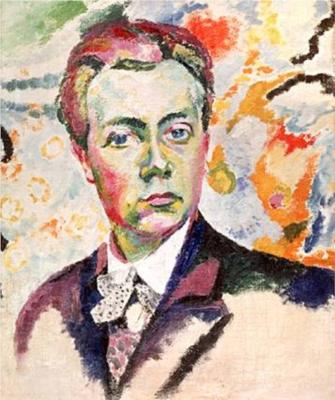
Deluanay started out his career influenced by “Neo-Impressionism,” a subsection of art that includes pointillism and division-ism. His defining characteristics of his style is his unique “mosaic” type interpretations, often leaving areas of canvas blank while using squares to depict his subjects. Later in his career the mosaic style grew into a complex relationship between abstract ideas and geometric interpretations. Later in his career, Deluanay was accredited with pioneering his own versions of color theory.
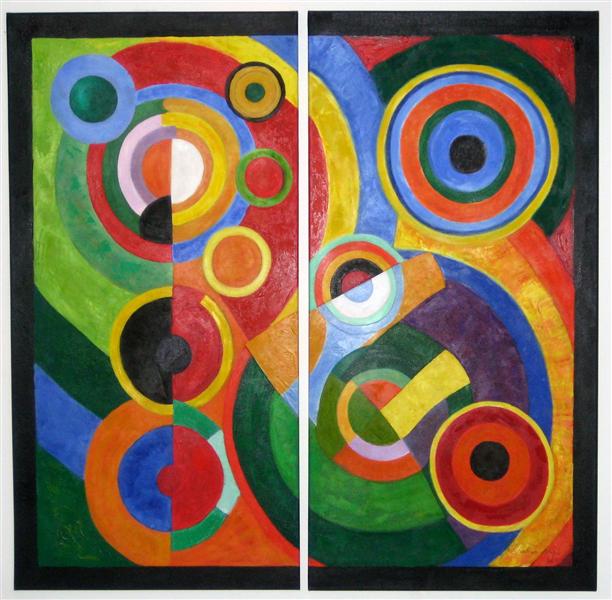
He was born in 1885 in a well off family but ended up being turned over to his aunt and uncle. He was raised near Bourges for the rest of his life. As many modern artists were, he was heavily inspired by Cezanne and Vasily Kandinsky.
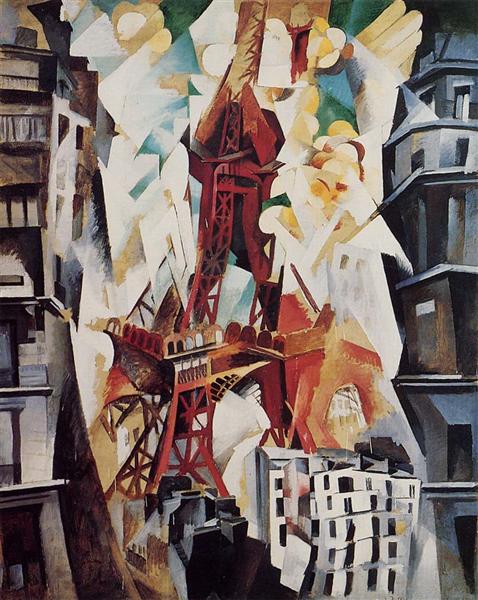
His works that were the most recognized were his series that were commonly displayed in galleries and salons across France. He was familiar with Galerie Barbazanges, of Paris, and the Salon d’Automne. One can infer from his prolific showings that he was well recieved within the art world, regardless if the public was able to fully appreciate the intensity behind his work. He was supported by many important figures in the art community, those who built him up through personal relationships and through business opportunities. Without a doubt he was supported and respected by his contemporaries, and with good reason.
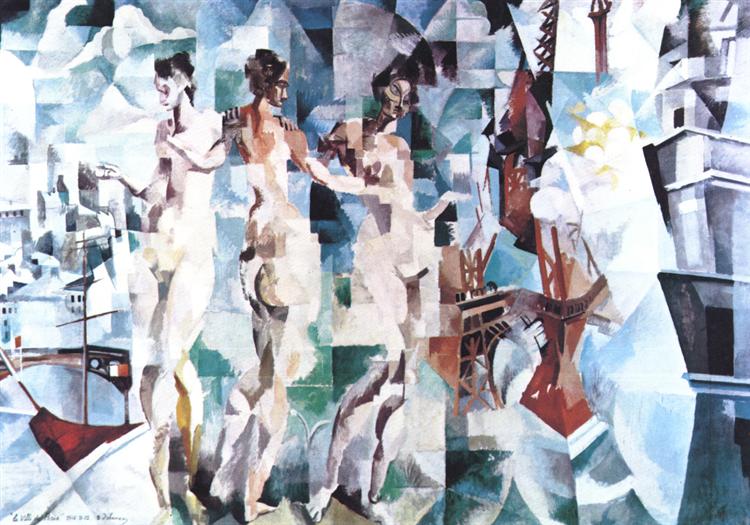
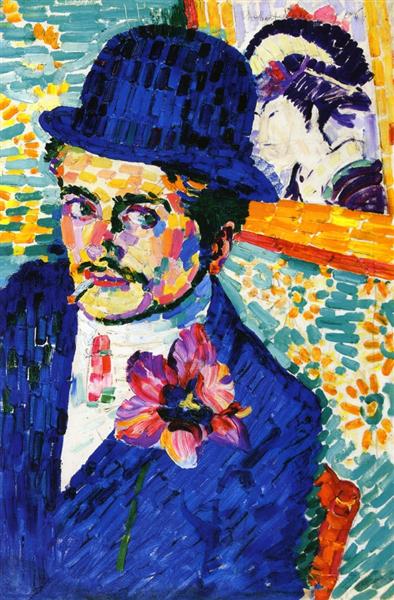
https://www.theartstory.org/artist-delaunay-robert.htm
https://www.guggenheim.org/artwork/artist/robert-delaunay
https://www.wikiart.org/en/robert-delaunay
Talia,
Once again excellent posts! You really get inside the artists you blog about with deep insight combined with thorough research. Very much continue to enjoy reading your words. Kandinsky and Delaunay seem a perfect duo to to write about and link with comparisons.
Keep up the good work and take care with your injury.
Jeff
Talia,
Okay your score on the final quiz was 47/50 which is excellent. You’ve obviously been paying close attention to the lectures and readings… Keep up the good work.
Marks and comments on Assignment 5: Expressionist Portrait- 8.5/10, Impressionist Landscape- 7.5/10. Even though the portrait isn’t s typical Expressionist approach (more Cubist perhaps?) it still resonates. Experimental and the thing that really makes it is the realistic eye. The landscape has a few more issues knowing your reference was already a manipulated artistic piece. You might have had better results choosing a different piece of reference.
Anyhow hope you have a great Christmas Break and see you in the NY.
Jeff